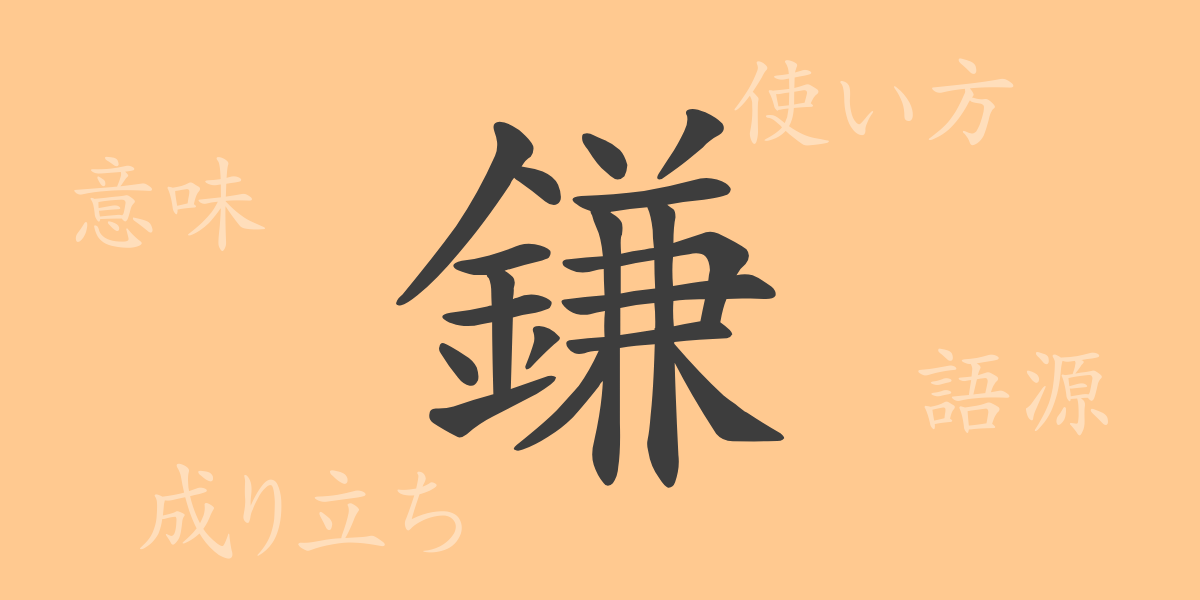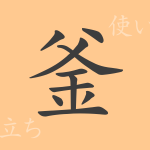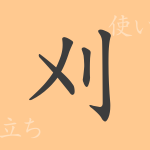Kanji, deeply rooted in Japanese culture and history, carries meanings beyond mere characters. This article focuses on the commonly used kanji “kama” (鎌), delving into its origins and modern usage. While “kama” may conjure images of agricultural tools, it is actually utilized in a richer variety of expressions within the Japanese language. We will explore the allure of this kanji, from its etymology to its use in compound words, idiomatic expressions, and proverbs.
The Origin of Kama (鎌)
The etymology of “kama” (鎌) traces back to ancient China. It is derived from the shape of a blade used in agriculture, symbolizing a tool for harvest. The kanji consists of the “metal” radical “kin” (金) and the component “kin” (斤), which shapes the form, signifying a metal-made blade.
The Meaning and Usage of Kama
Originally, “kama” (鎌) referred to a farming tool for cutting crops. However, in the Japanese language, it is also used metaphorically, as well as in idiomatic expressions and compound words. For instance, it can represent a means to carve out something new or serve as a trump card.
Readings, Number of Strokes, and Radical of Kama
The kanji “kama” (鎌) has several readings, which vary depending on the context.
- Readings: The on’yomi (Sino-Japanese reading) is “ren” (れん), while the kun’yomi (native Japanese reading) is “kama” (かま).
- Number of Strokes: The kanji “kama” (鎌) has 18 strokes.
- Radical: The radical of this kanji is “kin” (金), also known as “kanehen” (かねへん).
Compound Words, Idiomatic Expressions, and Proverbs Involving Kama
There are numerous compound words, idiomatic expressions, and proverbs that include “kama” (鎌), each with its unique meaning. For example, the phrase “kama wo kakeru” (鎌をかける) illustrates the act of skillfully leading a conversation. Additionally, “kama-kubi wo nagaku suru” (鎌首を長くする) means to wait with eager anticipation.
Summary of Kama
Through this article, we have seen the historical background of the kanji “kama” (鎌) and its diverse applications in the Japanese language. Transcending its original use as an agricultural tool, “kama” comes to life in language, symbolizing the richness of Japanese words. When you encounter “kama” in everyday conversations or literary works, remember its profound meanings.

























